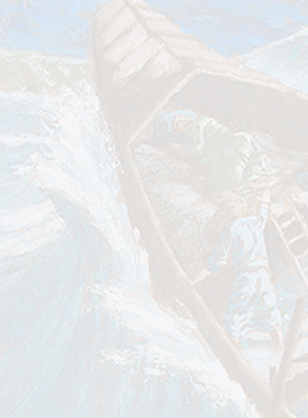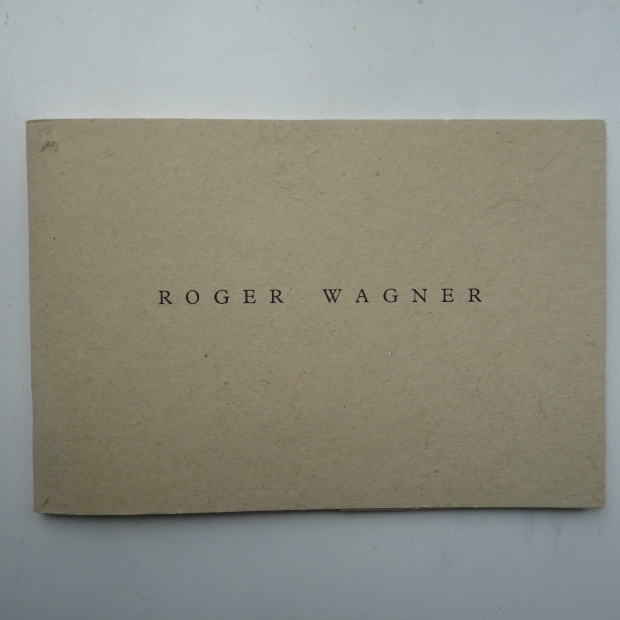Work > Articles
Paintings 1995 Katharine Eustace
PAINTINGS 1995 -FOREWORD
Last night in Notting Hill
I saw Blake passing by,
who saw Ezekiel
airborne in Peckham Rye
Christopher Logue
The matter of factness of the visionary poet allows us to accept the remarkable as an every
day ordinariness. At the same time he can gently remind us of the long tradition of such a
way of seeing. William Blake, Samuel Palmer, and Stanley Spencer all had this matter of
factness, this same everyday ordinariness, of Albion above the satanic mills, Eden in a
Kentish valley, or the Resurrection at Cookham in Berkshire.
Roger Wagner has always taken his theme from the Old and New Testaments. In his
earliest work this was largely in an historicising manner, his angelic Reapers in their shifts
might have stepped out of a seventeenth century chapbook, or down from a church
monument of the same period - one in Southwark Cathedral comes to mind. In later work,
however, his narrative is played out against backgrounds which, in their enormity, we take
for granted: the pastoral Abraham and the Angels (1984 and 1995) against the nuclear
power station Sizewell A; the Crucifixion in Menorah (1994) in front of the smoking
chimney and cooling towers at Didcot. Here in the muddy, waterlogged fields of lowland
Berkshire, Wagner's stateless persons arrive straight from photographic reportage of the
early stages of the Bosnian War.
In his translation of the psalms: The Book of Praises, Wagner mixes the historical and the
quotidian approach. In doing so he follows the traditional role of wood engraving as a polit-
ical medium, and takes us hard up against an urban, graffitied desolation. This is everyday
with a vengeance.
Most recently, in his Book of Job series, which we might expect to be calculated to draw out
the pessimistic ana the morbid, Wagner's work has taken a surprising new direction. It
would seem that here he has sought out the eye of the storm first seen in his Walking on
Water (1993 andl995), for a place for God and Job to meet. He is responding rather to the
poetic beauty and charm of their dialogue, than to the pessimism and misery popularly
associated with the Book of Job.
As a painter, Wagner has, in the past, set himself technical challenges on an ambitious
scale. These on occasions vied with the message or matter of the painting itself. Now he
has adopted a more emblematic, less narrative approach, which accords well with the
subject matter and with his own highly individual technique.
Wagner has consistently defied the currents of the times in technique and subject matter,
but has, nevertheless, quietly built up a following amounting almost to a cult - the
attendance figures for his exhibition at the Ashmolean in 1994 broke all records. This is
clear evidence of his having struck the same chord with that questing human desire for the
profound in our everyday lives that is at the root of The Book of Job.
Katharine Eustace, Ashmolean Museum, Oxford.

